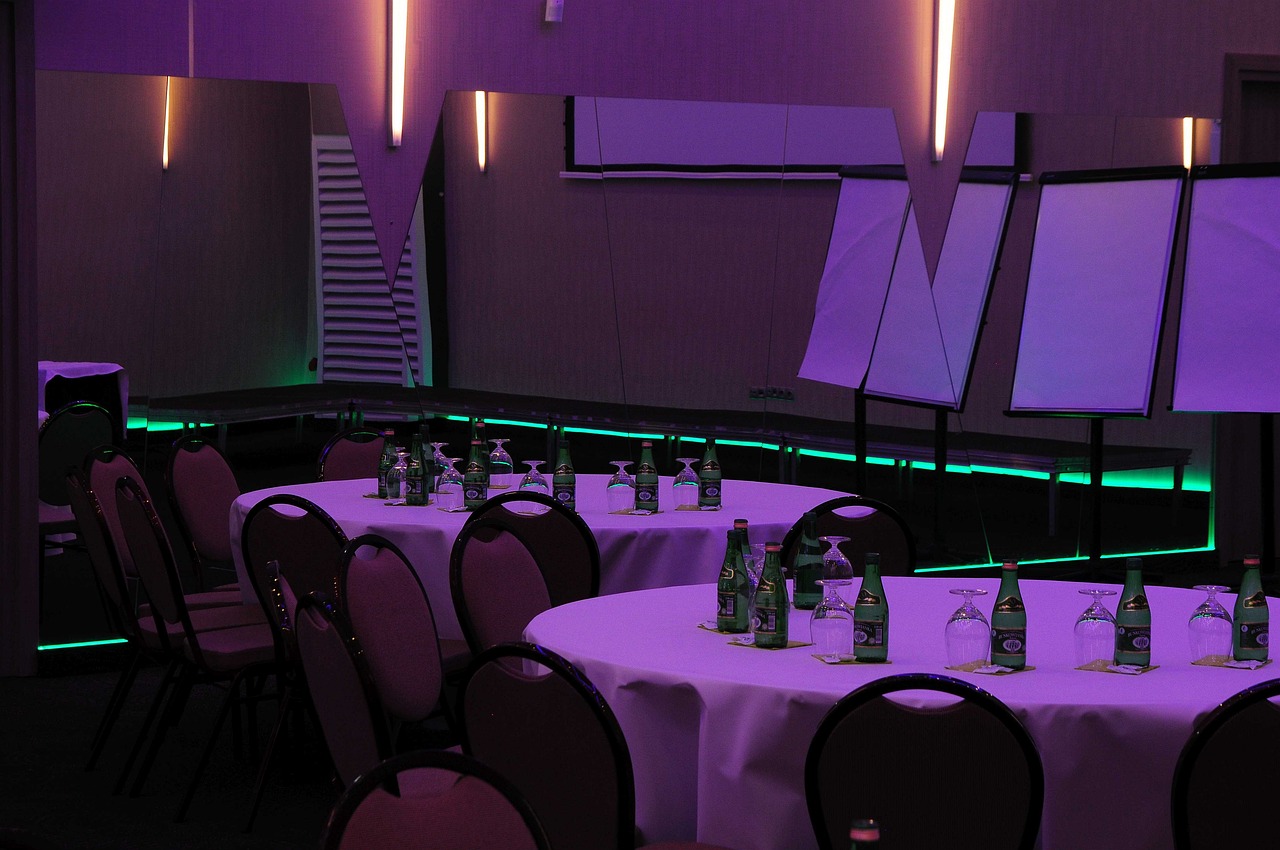The transition to LED commercial lighting is a strategic move for businesses seeking energy efficiency, cost savings, and superior illumination. However, the abundance of LED options in the market can be overwhelming. To make an informed decision, it’s essential to consider key features when buying commercial led lighting. In this article, we will shed light on the crucial factors that businesses should prioritize to ensure they make the right choice for their lighting needs.
Lumen Output
Lumen output is a fundamental consideration when selecting LED commercial lights. Lumen measures the brightness of the light emitted. The appropriate lumen output depends on the size and purpose of the commercial space. For task-oriented areas, higher lumens are advisable, while ambient or decorative lighting may require less brightness.
Color Temperature
LED lights come in various color temperatures, measured in Kelvin (K). The color temperature determines the warmth or coolness of the light. For commercial spaces, a neutral white light with a color temperature between 4000K and 5000K is often preferred, striking a balance between brightness and a comfortable working environment.
Color Rendering Index
CRI is a critical factor in commercial lighting, especially for businesses showcasing products or merchandise. A high CRI ensures that colors appear true to life under the LED lighting. When selecting LED commercial lights, aim for a CRI of 80 or above to guarantee accurate color representation.
Dimming Capability
Dimmable LED commercial lights offer flexibility in adjusting brightness levels to suit different activities or moods. Businesses should consider fixtures with dimming capabilities for areas where variable lighting is desirable. However, it’s crucial to check compatibility with dimmer switches and systems.
Fixture Type and Design
LED fixtures come in various types, including recessed lights, track lights, pendant lights, and more. The choice of fixture type depends on the design and functional requirements of the commercial space. Consider fixtures that complement the overall aesthetic while meeting the specific lighting needs of each area.
Longevity and Lifespan
The lifespan of LED lights is a crucial factor in the total cost of ownership. Professional LED fixtures often have an average lifespan of 25,000 hours or more. Opting for lights with a longer lifespan not only reduces the frequency of replacements but also minimizes maintenance costs.
Adapting to Dynamic Settings
Select commercial LED lighting fixtures with dimming capabilities to provide flexibility in lighting levels. This feature is particularly useful in spaces where different activities take place, allowing businesses to adjust the lighting to suit specific tasks, save energy during off-peak hours, and create the desired ambiance.
Smart Lighting Integration
Businesses looking to stay at the forefront of lighting technology should consider LED fixtures with smart lighting capabilities. These fixtures can be integrated with automation systems, allowing for remote control of brightness, color, and scheduling. Smart lighting not only enhances convenience but also enables businesses to optimize energy usage.
Conclusion
Choosing the right LED commercial lights involves thoughtful consideration of lumen output, color temperature, CRI, dimming capability, energy efficiency, fixture type, longevity, smart lighting features, warranty, and compliance with standards. By prioritizing these key features, businesses can make informed decisions that not only brighten their commercial spaces effectively but also contribute to energy savings and long-term cost efficiency. Illuminate your business with confidence by selecting LED commercial lights tailored to meet your specific needs and requirements.
